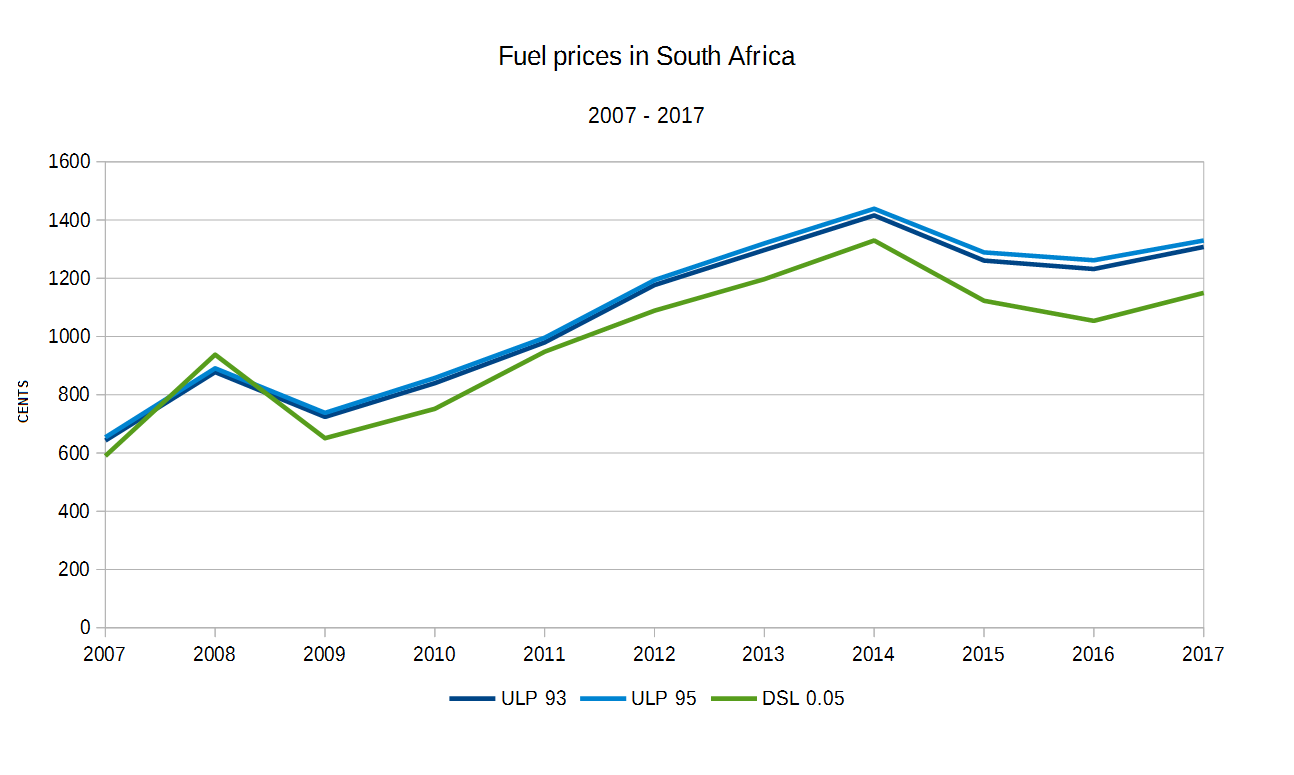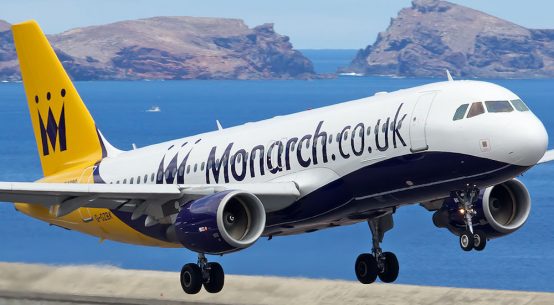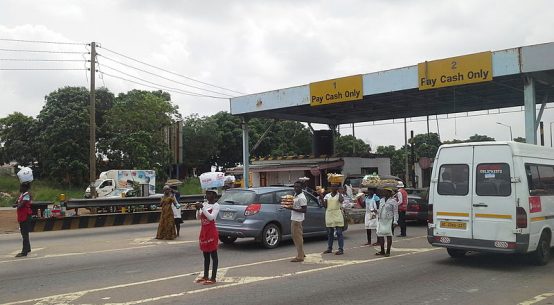

South Africa’s fuel price has been battered by both local and global events over the past decade.
The fuel price is mainly affected by two conditions – local currency exchanges and the global oil price, both of which have helped and hindered consumers at the tanks.
Notably, the petrol price saw strong recovery in 2016 and 2017, aligned with a rally in the rand’s exchange rate with the US dollar, which was one of the strongest-performing currencies in the world, before president Jacob Zuma sacked Pravin Gordhan in March 2017.
South Africa’s economic struggles in 2016 – also as a result of Zuma’s antics with National Treasury – served as a significant barrier to South Africa fully benefiting from a global decline in the oil price that year.
With oil prices dipping well below $50 US dollars a barrel, had South Africa been in a better position, not fighting fleeing investors shocked by widespread economic uncertainty, South Africa’s fuel savings would have been significant, economists said at the time.
Even with the expected fuel price decrease in June 2017, economists have pointed out that the rand’s current strength – despite the odds – is a big contributing factor; but the recent global oil price hike to over $54 US dollars a barrel is cutting into the gains.
South African’s are extremely sensitive to movements in the fuel price, being a country where fuel costs account for one of the largest proportions of average annual spend among motorists in the world.
This results in South Africa being one of the most expensive places in the world to keep petrol tanks full, according to Bloomberg.
Products, particularly food products and mining operations, are transported across great distances in the country, with fuel hikes often forcing producers and retailers to push the added costs onto consumers.
The graph below shows how much the petrol and diesel prices have changed over the past decade. Prices reflect inland costs in April of each year. Diesel prices reflect the wholesale price, before retailer margins.








